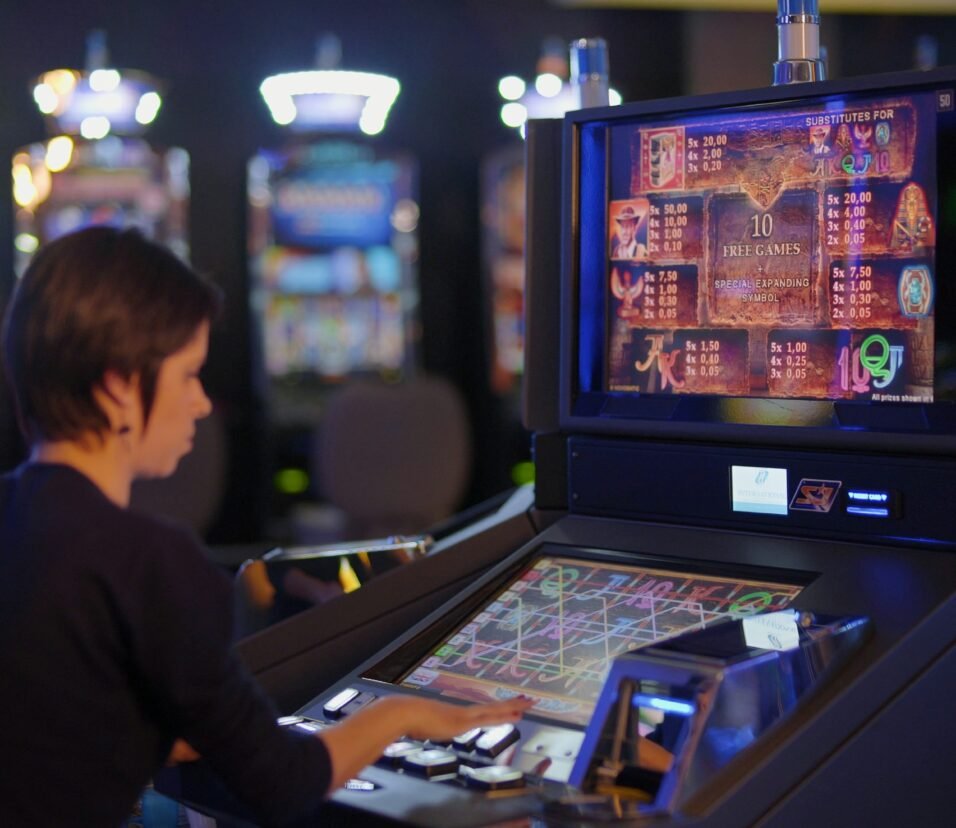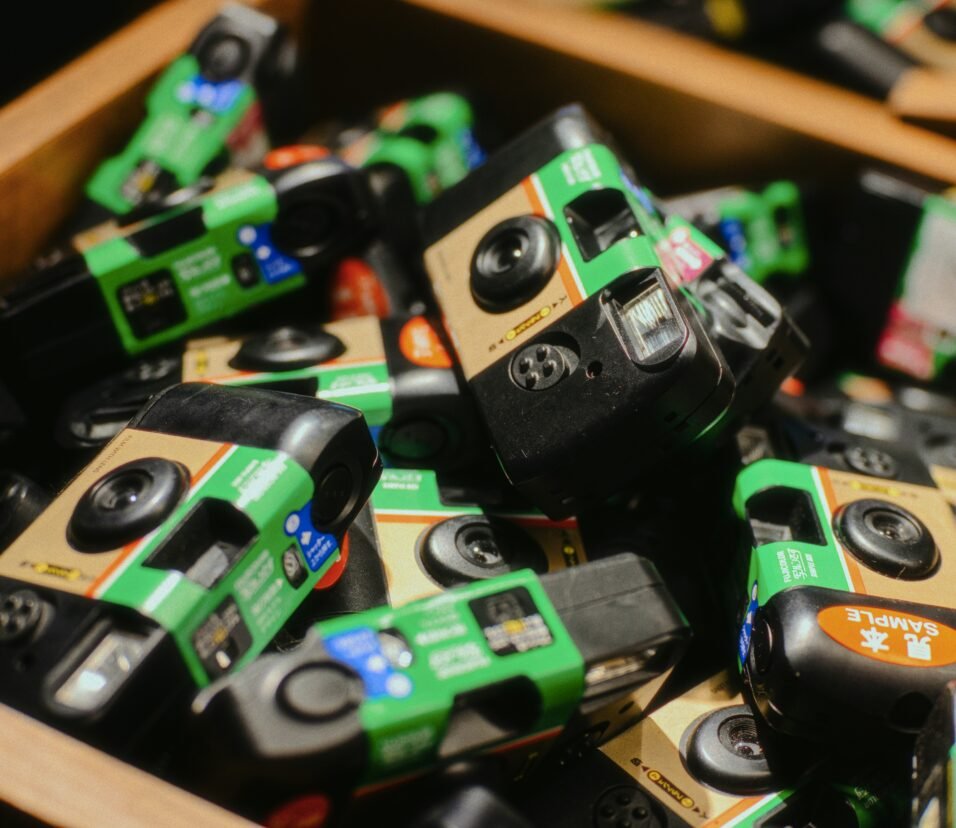What the Metaverse Got Wrong — And How Games Are Getting It Right
The metaverse was supposed to be the next version of the internet—social, immersive, persistent. Instead, it became a cautionary tale in overpromising and underdelivering. Ironically, while tech giants tried to build it from the top down, game developers built it organically from the ground up.
🚀 The Promise: What the Metaverse Was Supposed to Be
When the metaverse concept gained mainstream momentum around 2021–2022, it carried with it bold promises:
- 🌍 A persistent digital universe that mirrored real life
- 🧑🤝🧑 Always-on social environments where people work, play, and live
- 🧱 Fully interoperable assets across platforms (your avatar, items, currency)
- 🎮 Immersive experiences powered by VR/AR and haptics
- 💰 Real economies with digital land, NFTs, and jobs
It was pitched as “the next internet”—a place where everything from gaming and shopping to education and business would converge into one massive, shared space.
❌ What the Metaverse Got Wrong
Despite billions in investment from Meta, Microsoft, and others, the “metaverse” failed to meet expectations. Here’s where it went wrong:
1. No Fun, Just Funding
Metaverse platforms prioritized boardroom functionality over entertainment. Horizon Worlds, for example, offered little in terms of gameplay or interaction—just legless avatars in empty corporate rooms.
2. Clunky and Inaccessible Technology
- VR headsets were (and still are) expensive, heavy, and battery-limited
- High latency and poor optimization caused motion sickness
- Many platforms required complex onboarding, creating friction
Result: Low retention, niche appeal, and very little mainstream stickiness.
3. Walled Gardens Instead of Open Worlds
Each company wanted to own “the” metaverse, not contribute to a metaverse:
- No shared standards for avatars, identities, or virtual currencies
- Digital assets couldn’t transfer between platforms
- “Interoperability” was a buzzword, not a reality
This led to fragmented experiences that couldn’t fulfill the promise of a unified virtual world.
4. Empty Worlds, No Community
User numbers on platforms like Decentraland or The Sandbox were shockingly low. Millions were spent on “virtual land” that no one visited.
5. Overhype, Underdesign
The term “metaverse” was used to sell everything: NFTs, crypto projects, startup pitches—even real estate.
The problem? Too much marketing, not enough meaning.
🎮 What Games Are Getting Right
While metaverse platforms stalled, game developers were already building the metaverse’s DNA—they just didn’t call it that.
Let’s look at how today’s games are nailing what the metaverse couldn’t.
✅ 1. Fun First, Features Second
Games like Fortnite, Roblox, and Minecraft succeeded by putting fun and creativity ahead of monetization or enterprise features.
- Fortnite turned concerts into playable events
- Roblox let users build games inside games
- Minecraft allowed persistent shared worlds with emergent stories
✅ 2. Built-In Communities
Games are where communities naturally gather:
- Guilds, clans, voice chat, Discords, Twitch integrations
- Cultural events, memes, and live updates shape social layers
Compare that to metaverse spaces where you wander alone through digital malls.
✅ 3. Persistent, Evolving Worlds
Games are alive:
- Seasons change
- Worlds evolve based on player actions
- Live updates bring in fresh content weekly or monthly
Compare that to static “experiences” in the metaverse that never change unless patched.
✅ 4. Playable Economies, Not Just Speculative Assets
Games like CS:GO, Diablo IV, and Genshin Impact built entire in-game economies:
- Skins, items, currencies with actual value
- Reward systems that feel fair (or at least addictively compelling)
- Digital scarcity tied to play—not just purchase
✅ 5. Interoperability Through Mods, APIs & Community
While true metaverse-style interoperability (like carrying your skin from one game to another) is rare, games are experimenting:
- Fortnite Creative 2.0 lets creators import new logic and art
- Minecraft and Skyrim have thousands of community mods
- Roblox is a platform of platforms, all created by users
These aren’t just games—they’re toolkits for world-building.
📊 Key Differences: Metaverse vs Game-Driven Platforms
| Feature | Metaverse Platforms | Modern Games |
|---|---|---|
| 👾 Fun Gameplay | ❌ Often lacking | ✅ Core experience |
| 👥 Community | ❌ Sparse or artificial | ✅ Organic and sticky |
| 💬 Culture | ❌ Generic | ✅ Vibrant and player-driven |
| 🔁 Updates | ❌ Slow, clunky | ✅ Constant, seasonal |
| 💸 Monetization | ❌ Speculative | ✅ Earned via play and loyalty |
| 🧠 Customization | ❌ Limited tools | ✅ Deep UGC support |
| 🌍 Immersion | ❌ Forced VR | ✅ Optional, scalable immersion |
🔮 The Future: Is the “Metaverse” Dead?
The term may fade—but the vision is still alive.
What we’ll likely see instead is:
1. Game-Led Metaverse Ecosystems
Epic Games, Roblox Corp., and HoYoverse are quietly building unified ecosystems that resemble the metaverse but are actually fun.
2. Interoperable IDs and Wallets
Projects like Ready Player Me (avatars) or Web3 wallets may eventually allow cross-game identity and digital ownership.
3. AI-Driven NPCs and Dynamic Worlds
With LLMs and generative tools, NPCs will remember you, and worlds may react to your actions in real-time.
4. Persistent Platforms, Not Just Worlds
Games are becoming platforms—complete ecosystems for work, play, and creation. Think Fortnite as a game studio or Roblox as a startup hub.








